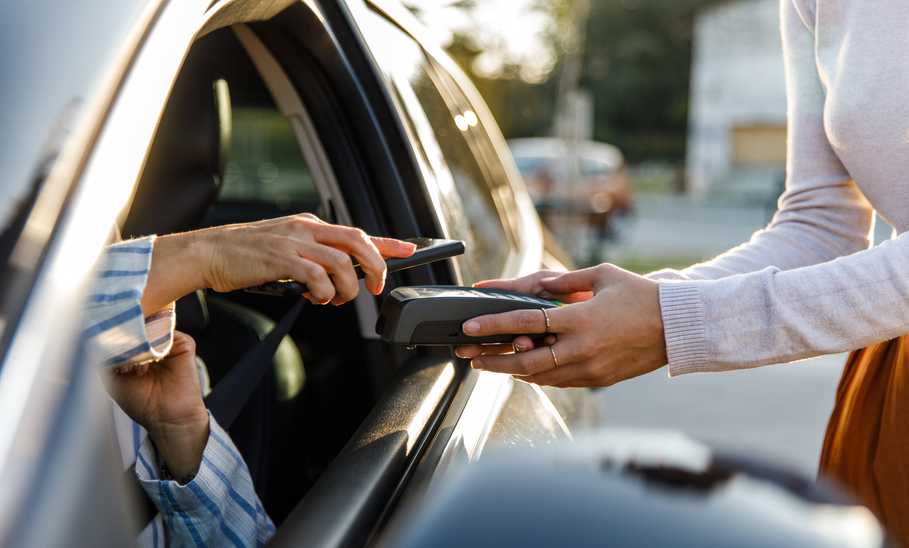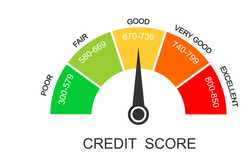Venmo App Guide 2024: What Is It & How It Works


Our evaluations and opinions are not influenced by our advertising relationships, but we may earn a commission from our partners’ links. This content is created by TIME Stamped, under TIME’s direction and produced in accordance with TIME’s editorial guidelines and overseen by TIME’s editorial staff. Learn more about it.
Venmo is an app you can use to send and receive cash to and from friends. You can even use it for business purposes, such as paying for goods and services. If, for example, you want to split a rideshare fare, you can easily pay your share through Venmo. Alternatively, if your friend forgot to pay what they owe you for dinner last night, you can use this mobile payment service to send them a request for the required funds.
Venmo isn’t the only app that lets users send and receive money. Several alternatives—including Cash App and Paypal—offer similar services. Before signing up for any of these apps, it’s a smart idea to learn how they work, as well as the benefits and drawbacks of using them.
Paypal | Venmo | Cash App | |
|---|---|---|---|
| Fees | From free to 5%, depending on transfer type | From free to 3% | Free to 1.75% |
| Max transaction limit | Up to $60,000 per transaction for verified accounts | Up to $5,000 per transfer to your bank, up to $10,000 per week into your Venmo account | Up to $1,000 per 30-day period for unverified accounts, may be higher for verified users |
| # of countries |
Venmo is meant to be used on a mobile device and help you split checks or pay for items you would normally purchase with cash. That way, you don't have to worry about having exact change on hand or anyone using not having cash as an excuse not to pay for something.
You can send or request money through Venmo using the following steps:
There are many different cash apps and it can be easy to get bogged down choosing which one you should use. Before downloading one, consider the benefits and drawbacks of using Venmo.
| Pros | Cons |
|---|---|
|
|
Venmo primarily makes money through fees, such as when users pay with their credit card or want to request an instant bank transfer. Venmo also charges fees with their cards. For instance, if you withdraw money from a Venmo debit card at a bank or out-of-network ATM, you’ll pay $3 or $2.50, respectively.
Venmo is free to use if you decide to stick with standard transfer times and make payments through your bank account or debit card. Otherwise, there are some fees you may have to pay, depending on which services you use.
Charges you may come across include:
Yes, it is safe to use Venmo. The app uses encryption to ensure your sensitive information is kept secure, and it monitors your account for any unauthorized transactions. You can also set up a PIN code in Venmo to help add an extra layer of protection and prevent others from hacking your account.
You need to be particularly careful about scams. Scammers will try to get you to pay them using Venmo or try to trick you into giving up your Venmo information in order to access your account.
After opening a Venmo account, you may be offered a Venmo debit or credit card. These cards can be useful, although it’s important to learn how they work before accepting and using them.
The Venmo debit card allows you to make purchases using the funds in your Venmo account. You can earn cashback with all qualifying purchases, and the rewards are deposited in your Venmo account. You can also choose the color of the card and get an up to two-day advance on your paycheck.
Upon approval after a credit check, you can earn up to 3% cash back on certain spending categories, 2% on another one of your choosing, and 1% on all other eligible purchases. There are no annual fees, and the categories you can choose from are fairly common, including travel, groceries, and dining.
As already mentioned, there are many other apps similar to Venmo you can use.
Paypal | Venmo | Cash App | |
|---|---|---|---|
| Fees | From free to 5%, depending on transfer type | From free to 3% | Free to 1.75% |
| Max transaction limit | Up to $60,000 per transaction for verified accounts | Up to $5,000 per transfer to your bank, up to $10,000 per week into your Venmo account | Up to $1,000 per 30-day period for unverified accounts, may be higher for verified users |
| # of countries |
Venmo and Paypal allow you to send funds to friends and family using a computer or mobile device. The main difference is that you can send money internationally with Paypal, whereas you can't with Venmo. Both apps charge similar fees (such as for instant transfers) and have debit and credit card offerings. Where Venmo shines is in its transfer times—free standard transfers take anywhere from one to three days, whereas Paypal takes around three to five.
While Venmo transfer limits are lower than Paypal, it may not be a dealbreaker if you don’t intend on sending or receiving large sums of money within a short period of time. Since Venmo is only available in the U.S., it’s best for those located in the country and sending money to friends and family.
Cash App is also a peer-to-peer tool that lets you send and receive money. The fees are similar to what you’d pay with Venmo and it also offers a debit card. You can also use Cash App to invest in stocks and bitcoin.
Venmo is one of the best cash apps, making it a convenient tool for those who want a low cost way to send and receive money.
The app is simple to sign up for and use, and the fees are made clear on Venmo’s website. Where it could get murky is with the credit card interest charges. Though hard to predict the exact amount you’ll pay, Venmo does show you what the annual percentage rate (APR) is, and your bill should offer more information as to other charges.
If you stick to sending and receiving money through a standard bank transfer and don’t exceed Venmo’s limits, you won’t have to pay any fees. If you want more, make sure you check out how much your transaction will cost before proceeding.
The person paying you will either send you money using your Venmo username, QR code, phone number, or email. Once the funds are released, you’ll need to accept them before they go into your Venmo account. The money will remain in your Venmo account until you transfer it to your bank account or use the balance for other transactions.
No, you don't have to accept the money someone sends you on Venmo. If you don't do anything, the funds will be sent back to the sender after three days. The same goes for if you try to send someone money and they don't accept it.
That depends on the privacy settings you have. Venmo allows you to set your transaction activity to public (anyone can see it), friends only, or private (only you and the recipient can see it). The default setting is public.
The information presented here is created by TIME Stamped and overseen by TIME editorial staff. To learn more, see our About Us page.



